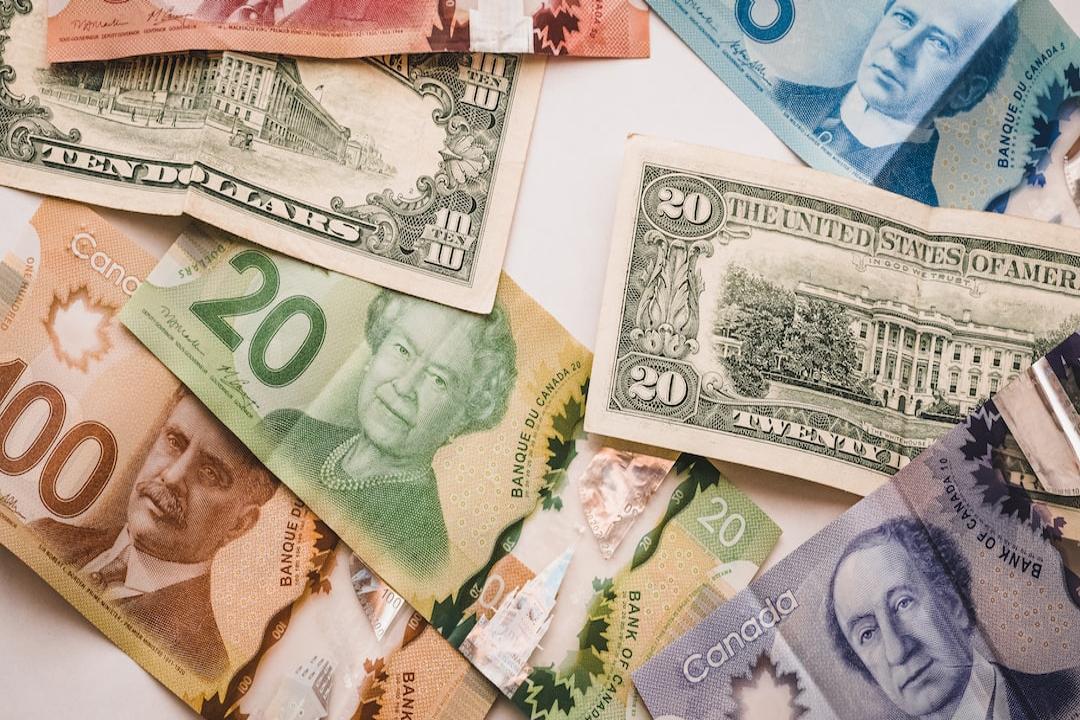Banking System Crash! People Across Taiwan Rush to Exchange Currency
As of May 5, 2025, the US dollar has shown a significant depreciation trend against major global currencies, while the New Taiwan Dollar (NTD) has reached a recent high. The exchange rate of the US dollar to the NTD has fallen to 29.65, indicating a strong appreciation of the NTD. It is worth noting that while many people hurriedly opened their mobile apps to exchange currency, several banks’ systems were collectively unable to log in, displaying “loading” or queue messages, making it difficult to access.

The Cathay Online Banking system was unable to log in early on May 5.
Image / Cathay United Bank
According to reader feedback, multiple banks including Cathay, Taishin, Yongfeng, and Citibank experienced congestion on their apps during the morning of May 5, with login screens freezing, transaction delays, and an inability to operate foreign exchange or check account status in real-time.

Taishin’s Richart online banking also fell victim, remaining difficult to log in as of approximately 11 AM on May 5.
Image / Taishin Bank
According to tests by Digital Age, some users had to wait over 10 minutes to successfully access the system. Taishin Bank was the first to announce that all Richart-related services would be suspended from 10:55 to 11:00 on May 5 (Monday).
Many netizens lamented on the social platform Threads, stating, “All online banking in Taiwan has crashed,” suspecting it was related to the surge in currency exchange demand this morning, expressing, “I don’t know when it will be back up, it’s so frustrating!” and “Can’t log in +1, completely unable to grab a spot in the currency exchange queue.”

Yongfeng Bank’s online banking also displayed a maintenance notice.
Image / Yongfeng Bank
How Much Has the NTD Appreciated? Why the Appreciation?
As of May 5, 2025, the exchange rate of the US dollar to the NTD is 29.645, marking a recent low. Compared to the previous day, the US dollar fell by 3.5% against the NTD in a single day, indicating a substantial appreciation of the NTD. Over a longer timeframe, it has depreciated approximately 8.8% in the past week and about 10% in the past 30 days. In the past week, the exchange rate fell from a peak of 32.513 on April 28 to a low of 29.645 on May 5, showing significant volatility. On May 3, the US dollar fell sharply by 0.953 (3.07%) to 31.064, marking the largest single-day drop since 2002, making the NTD the strongest currency in the Asian market that day.
Lin Qichao, Chief Economist at Cathay United Bank, analyzed that the strength of the NTD is primarily driven by three factors:
- Market expectations that Taiwan will face pressure from the US to appreciate the NTD to reduce its trade surplus with the US.
- Strong performance of the Taiwan stock market, with significant net purchases by foreign institutional investors.
- Market belief that the US Federal Reserve may cut interest rates by 100 basis points this year, providing inherent appreciation momentum for the NTD.
On May 2, Lin predicted that the US dollar might briefly dip below the 30 NTD mark in the short term, but in the long run, the NTD’s exchange rate trend will align with other Asian currencies.
Why is the US Dollar Declining?
Since the beginning of 2025, the US dollar has shown a continuous weakening trend, especially with a noticeable acceleration in recent declines. From the start of the year to now, the dollar has depreciated by approximately 8% against a basket of major currencies, with a drop of over 4.5% in April, marking the largest monthly decline since the end of 2022. Although the dollar rose by 7% after experiencing two interest rate cuts by the Federal Reserve in 2024, according to analysis by JPMorgan, this “gravity-defying” appreciation is unlikely to persist indefinitely in 2025.
Factor 1: Impact of US Tariff Policies
The most significant turning point occurred on April 2, 2025, termed “Liberation Day” by President Trump, when the US announced a 10% import tariff on 180 countries and increased “reciprocal” tariffs based on bilateral trade imbalances. This marks the broadest tariff increase since the Smoot-Hawley Tariff Act of 1930. Traditional economic theory predicts that tariffs should lead to an appreciation of the issuing country’s currency; however, this time the dollar has depreciated significantly, breaking market expectations. Goldman Sachs research indicates that this is primarily because tariff policies and other uncertainties have eroded consumer and business confidence, altering the global perception of the US and US assets.
Factor 2: Economic Growth and Monetary Policy Factors
The International Monetary Fund (IMF) predicts that US economic growth will sharply decline from 2.8% in 2024 to just 1.8% in 2025. Meanwhile, the market expects the Federal Reserve to cut interest rates by as much as 100 basis points this year, further weakening the dollar’s appeal. Goldman Sachs Chief Economist Jan Hatzius states that the dollar is being hit by uncertainty surrounding tariffs and recession fears, and there is still considerable room for further declines. This depreciation may exacerbate inflationary pressures but could also make exports more competitive, helping to reduce the US trade deficit.
This article is a collaborative reprint from: Digital Age
Related Reading:
- FamilyMart opens 24-hour parcel service, starting at 20 NTD per day! How to use “Parcel+”? A simple three-step guide.
- Warren Buffett is retiring! Announcing the handover of “Berkshire successor” at the end of the year: On the eve of retirement, a few words to persuade Trump to turn back.
Editor: Li Xiantai
Source: Reuters, JPMorgan, Goldman Sachs

